Home>Storage & Organization>Kitchen Organizing Tools>How To Get Your Cat To Cover Poop In The Litter Box
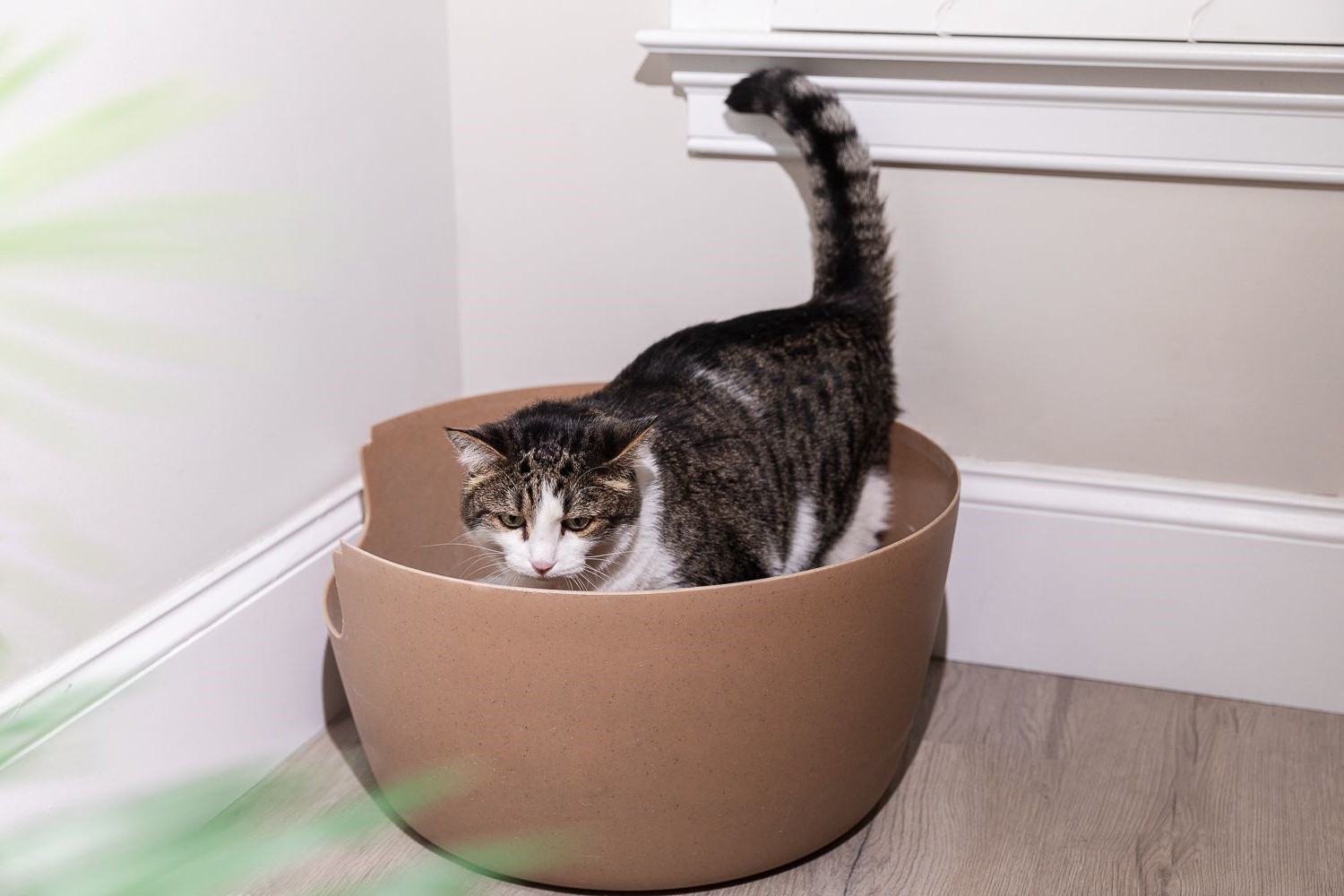

Kitchen Organizing Tools
How To Get Your Cat To Cover Poop In The Litter Box
Modified: August 24, 2024
Discover the best kitchen organizing tools to keep your space tidy and efficient. Find practical solutions for decluttering and maximizing storage.
(Many of the links in this article redirect to a specific reviewed product. Your purchase of these products through affiliate links helps to generate commission for Storables.com, at no extra cost. Learn more)
Introduction
Welcome to the world of cat ownership, where the love and companionship of our feline friends often come hand in hand with the responsibility of maintaining a clean and odor-free environment. One of the key aspects of this responsibility is ensuring that your cat covers their poop in the litter box. While this may seem like a simple task, it can sometimes be a source of frustration for cat owners. However, fear not, as we are here to guide you through the process of training your cat to cover their poop effectively.
In this comprehensive guide, we will delve into the intricacies of feline behavior, explore the various factors that influence a cat's litter box habits, and provide practical tips for encouraging positive litter box behavior. By understanding your cat's instincts and preferences, selecting the right litter box and litter, and implementing effective training techniques, you can create a harmonious and hygienic environment for both you and your beloved feline companion.
So, whether you are a first-time cat owner or a seasoned feline enthusiast looking to enhance your understanding of cat behavior, this guide is designed to equip you with the knowledge and tools necessary to address this common concern. Let's embark on this journey together and empower you to create a litter box experience that is both pleasant for your cat and conducive to a clean and inviting home environment.
Key Takeaways:
- Understanding Your Cat’s Behavior
Cats instinctively cover their poop in the litter box due to their wild ancestry and preference for cleanliness. Recognizing and respecting their natural instincts can help create a positive litter box environment. - Choosing the Right Litter Box and Litter
Select a litter box and litter that align with your cat’s preferences, such as size, accessibility, and material composition. This promotes a comfortable and inviting space, encouraging effective poop covering.
Read more: How To Get My Cat To Poop In The Litter Box
Understanding Your Cat's Behavior
Understanding your cat's behavior is essential for addressing their litter box habits. Cats are known for their fastidious nature and strong instincts, which significantly influence their behavior in the litter box. By gaining insight into these behaviors, you can effectively address any challenges related to litter box usage.
Instinctual Behavior
Cats are inherently clean animals with a natural inclination to bury their waste. This behavior stems from their wild ancestors, who relied on this instinct to avoid attracting predators. In the wild, covering their feces helped conceal their presence and reduce the risk of detection by potential threats. This instinct remains deeply ingrained in domestic cats, driving them to seek out suitable materials for burying their waste in the litter box.
Territorial Marking
In addition to their cleanliness instinct, cats are territorial animals. When they eliminate in the litter box, they are also marking their territory with their scent. This behavior is a way for cats to establish their presence and assert their ownership of their environment. Understanding this aspect of feline behavior can shed light on why some cats may be particular about how they cover their waste in the litter box.
Preference for Cleanliness
Cats have a strong preference for cleanliness, and this extends to their litter box habits. They are more likely to use the litter box consistently if it is kept clean and odor-free. Failure to maintain a clean litter box can lead to aversion and avoidance behaviors, as cats may seek alternative elimination sites in response to a soiled or unpleasant litter box environment.
Read more: How To Get Cat To Use A Covered Litter Box
Individual Variations
It's important to recognize that each cat is unique, and their litter box behavior may vary based on factors such as age, health, and past experiences. Some cats may be meticulous in covering their waste, while others may exhibit less consistent behavior. By observing your cat's individual habits and preferences, you can tailor your approach to address any challenges related to covering their poop in the litter box.
By understanding these fundamental aspects of feline behavior, you can gain valuable insights into your cat's litter box habits and tailor your approach to effectively address any issues related to covering their poop. This knowledge forms the foundation for creating a positive and conducive litter box environment for your feline companion.
Choosing the Right Litter Box
Selecting the right litter box is a crucial step in creating an environment that encourages your cat to cover their poop effectively. The market offers a wide array of litter box options, each designed to accommodate different preferences and behaviors exhibited by cats. By considering various factors, you can make an informed decision that aligns with your cat's needs and promotes positive litter box habits.
Size and Accessibility
When choosing a litter box, consider the size and accessibility to ensure that it meets your cat's physical requirements. The litter box should be spacious enough to allow your cat to move comfortably and assume their preferred posture for elimination. Additionally, the entrance should be low enough to facilitate easy entry and exit, especially for kittens, senior cats, or those with mobility challenges.
Covered vs. Uncovered
The debate between covered and uncovered litter boxes is a common consideration for cat owners. Covered litter boxes provide privacy and help contain odors, which some cats may prefer. However, others may feel confined or uneasy in an enclosed space. Uncovered litter boxes offer visibility and ventilation, promoting a more open and accessible environment. Understanding your cat's preference for privacy and space can guide your decision in choosing between covered and uncovered options.
Read more: Why Does Cat Not Poop In The Litter Box
Litter Box Type
Litter boxes come in various types, including traditional open trays, hooded boxes, and top-entry designs. Each type offers distinct advantages and may appeal to different cats based on their preferences. Open trays provide simplicity and easy access, while hooded boxes offer privacy and odor containment. Top-entry litter boxes can be effective in reducing tracking and litter scatter. Consider your cat's behavior and habits to determine which type of litter box is best suited to their needs.
Multiple Box Placement
For households with multiple cats, providing more than one litter box is essential. Cats may exhibit territorial behaviors or prefer separate elimination spaces, making it crucial to offer individual litter boxes for each cat. Additionally, distributing the litter boxes in different areas of the home can prevent competition and reduce the likelihood of litter box aversion or conflicts among cats.
By carefully considering these factors and understanding your cat's preferences, you can select a litter box that promotes a positive and comfortable elimination experience. The right litter box plays a significant role in encouraging your cat to cover their poop effectively and contributes to a harmonious coexistence between you and your feline companion.
Selecting the Best Litter
Selecting the best litter for your cat is a crucial decision that directly impacts their litter box experience. With a myriad of options available, understanding the characteristics of different litters and considering your cat's preferences can guide you toward making an informed choice.
Clumping vs. Non-Clumping
One of the primary considerations when selecting litter is choosing between clumping and non-clumping varieties. Clumping litter forms solid masses when it comes into contact with moisture, making it easier to scoop out soiled areas and maintain a clean litter box. On the other hand, non-clumping litter absorbs moisture without forming solid clumps, requiring more frequent complete litter changes. Understanding your cat's elimination habits and your cleaning preferences can help determine which type of litter is best suited to your needs.
Material Composition
Litter is available in various compositions, including clay, silica gel crystals, natural fibers, and recycled paper. Clay litter is a popular choice known for its excellent odor control and clumping properties. Silica gel litter offers superior moisture absorption and odor control, making it an attractive option for busy cat owners. Natural fiber and recycled paper litters provide environmentally friendly alternatives, often biodegradable and gentle on cats' paws. Consider your cat's sensitivity to textures and scents when evaluating the material composition of litter options.
Odor Control and Dust
Effective odor control is a key factor in maintaining a pleasant litter box environment. Many litters are formulated with odor-neutralizing properties to minimize unpleasant smells. Additionally, low-dust or dust-free litters can benefit both cats and their owners by reducing respiratory irritation and minimizing tracking of litter particles outside the box. Prioritizing odor control and dust levels can contribute to a more hygienic and comfortable litter box experience for your cat.
Scented vs. Unscented
Scented litters are designed to mask odors with fragrances, potentially appealing to cat owners seeking a fresh-smelling environment. However, some cats may be sensitive to strong scents or may simply prefer unscented litter. Understanding your cat's reaction to scents and considering their comfort is essential when deciding between scented and unscented litter options.
Environmental Impact
For environmentally conscious cat owners, considering the ecological footprint of the litter is paramount. Some litters are biodegradable, made from sustainable materials, or produced using eco-friendly manufacturing processes. By opting for environmentally responsible litters, you can minimize the environmental impact while providing a comfortable and safe elimination environment for your cat.
By carefully evaluating these factors and considering your cat's preferences, you can select a litter that aligns with their needs and promotes consistent and effective poop covering in the litter box. The right litter choice contributes to a hygienic and inviting environment, ensuring a positive and harmonious relationship between you and your feline companion.
Training Your Cat to Cover Their Poop
Training your cat to cover their poop effectively in the litter box involves understanding their natural instincts and implementing positive reinforcement techniques. By guiding your cat through this process, you can encourage consistent and hygienic litter box behavior.
Positive Reinforcement
Positive reinforcement is a powerful tool for shaping your cat's behavior. When your cat covers their poop in the litter box, offer verbal praise, gentle petting, or a small treat as a reward. This positive association reinforces the desired behavior and encourages your cat to continue covering their waste. Consistency is key, so be sure to provide positive reinforcement each time your cat exhibits the desired behavior.
Observing and Guiding
Observing your cat's behavior in the litter box can provide valuable insights into their habits. If you notice that your cat is not covering their poop, gently guide them by using a clean, unused litter scoop to mimic the covering motion. Avoid forcing your cat or using punitive measures, as this can create negative associations with the litter box and lead to avoidance behaviors.
Litter Box Placement
The location of the litter box can influence your cat's willingness to cover their poop. Place the litter box in a quiet, accessible area where your cat feels safe and comfortable. Avoid placing the litter box near loud appliances, high-traffic areas, or areas frequented by other pets. Creating a calm and inviting environment around the litter box can encourage your cat to engage in natural covering behavior.
Litter Box Maintenance
Maintaining a clean litter box is essential for promoting consistent covering behavior. Regularly scoop out soiled litter and replace it with fresh litter to provide a clean and inviting elimination space for your cat. Cats are more likely to cover their poop in a clean litter box, so diligent maintenance plays a crucial role in reinforcing positive litter box habits.
Patience and Persistence
Training your cat to cover their poop may require patience and persistence. Each cat has their own pace of learning, and it's important to approach the training process with understanding and empathy. By consistently applying positive reinforcement, observing your cat's behavior, and creating an optimal litter box environment, you can gradually guide your cat toward covering their poop effectively.
By incorporating these training techniques and understanding your cat's natural instincts, you can foster positive litter box behavior and create a harmonious environment for both you and your feline companion. With patience, consistency, and a deep understanding of your cat's needs, you can empower them to develop consistent and hygienic litter box habits.
Encouraging Positive Behavior
Encouraging positive behavior in your cat revolves around creating an environment that aligns with their natural instincts and preferences. By understanding the factors that influence your cat's litter box habits and implementing strategies to promote positive behavior, you can foster a harmonious and hygienic litter box experience for both you and your feline companion.
Consistent Reinforcement
Consistent reinforcement of positive behavior is essential for shaping your cat's litter box habits. When your cat covers their poop in the litter box, offer verbal praise, gentle petting, or a small treat to reinforce this desirable behavior. By consistently providing positive reinforcement, you create a positive association with the act of covering waste, encouraging your cat to repeat this behavior.
Optimal Litter Box Environment
Creating an optimal litter box environment is crucial for encouraging positive behavior. Ensure that the litter box is placed in a quiet, accessible area where your cat feels safe and comfortable. Cats are more likely to engage in natural covering behavior when they have a sense of security and privacy. Additionally, maintaining a clean litter box through regular scooping and litter replacement contributes to a hygienic and inviting environment, further encouraging positive litter box habits.
Understanding Individual Preferences
Recognizing and respecting your cat's individual preferences is key to encouraging positive behavior. Some cats may have specific preferences regarding litter texture, scent, or box type. By observing your cat's reactions to different litter options and litter box configurations, you can tailor the environment to align with their preferences, promoting a positive and comfortable elimination experience.
Addressing Aversion Behaviors
In some cases, cats may exhibit aversion behaviors related to the litter box, leading to inconsistent covering of waste. It's important to address any aversion behaviors promptly by identifying and resolving potential triggers. This may involve addressing litter box cleanliness, exploring alternative litter options, or addressing any underlying health issues that may be impacting your cat's litter box behavior.
Patience and Understanding
Encouraging positive behavior in your cat requires patience and understanding. Each cat has their own unique personality and pace of adaptation. By approaching the process with empathy and patience, you can create a supportive environment that encourages your cat to engage in consistent and hygienic litter box habits.
By incorporating these strategies and understanding your cat's individual needs, you can effectively encourage positive behavior in the litter box. Through consistent reinforcement, creating an optimal environment, and addressing aversion behaviors with patience and understanding, you can empower your cat to develop positive and consistent litter box habits, contributing to a harmonious coexistence in your home.
Conclusion
In conclusion, fostering positive litter box habits in your cat is a journey that requires a deep understanding of feline behavior, thoughtful consideration of environmental factors, and consistent application of positive reinforcement techniques. By delving into the intricacies of your cat's instincts and preferences, you can create an environment that aligns with their natural behaviors, promoting consistent and hygienic litter box habits.
Understanding the innate instincts of cats, including their inclination to bury waste and their preference for cleanliness, provides valuable insights into their litter box behavior. By recognizing and respecting these instincts, cat owners can tailor their approach to address any challenges related to covering poop in the litter box.
Selecting the right litter box and litter is a pivotal step in creating an environment conducive to positive litter box habits. By considering factors such as size, accessibility, litter type, and odor control, cat owners can provide a comfortable and inviting elimination space that encourages their cat to cover their waste effectively.
Training your cat to cover their poop involves patience, consistency, and a deep understanding of their individual preferences. By implementing positive reinforcement, observing your cat's behavior, and creating an optimal litter box environment, you can guide your cat toward developing consistent and hygienic litter box habits.
Encouraging positive behavior in the litter box is a continuous process that requires ongoing attention to your cat's needs and preferences. By consistently reinforcing positive behavior, creating an optimal litter box environment, and addressing any aversion behaviors with empathy and understanding, cat owners can empower their feline companions to engage in consistent and hygienic litter box habits.
Ultimately, by embracing the unique characteristics and instincts of your cat, and by fostering a supportive and conducive environment, you can cultivate positive litter box habits that contribute to a harmonious and fulfilling relationship between you and your feline companion. With patience, understanding, and a commitment to meeting your cat's needs, you can create a hygienic and inviting litter box experience that enhances the well-being of both you and your beloved cat.
Frequently Asked Questions about How To Get Your Cat To Cover Poop In The Litter Box
Was this page helpful?
At Storables.com, we guarantee accurate and reliable information. Our content, validated by Expert Board Contributors, is crafted following stringent Editorial Policies. We're committed to providing you with well-researched, expert-backed insights for all your informational needs.
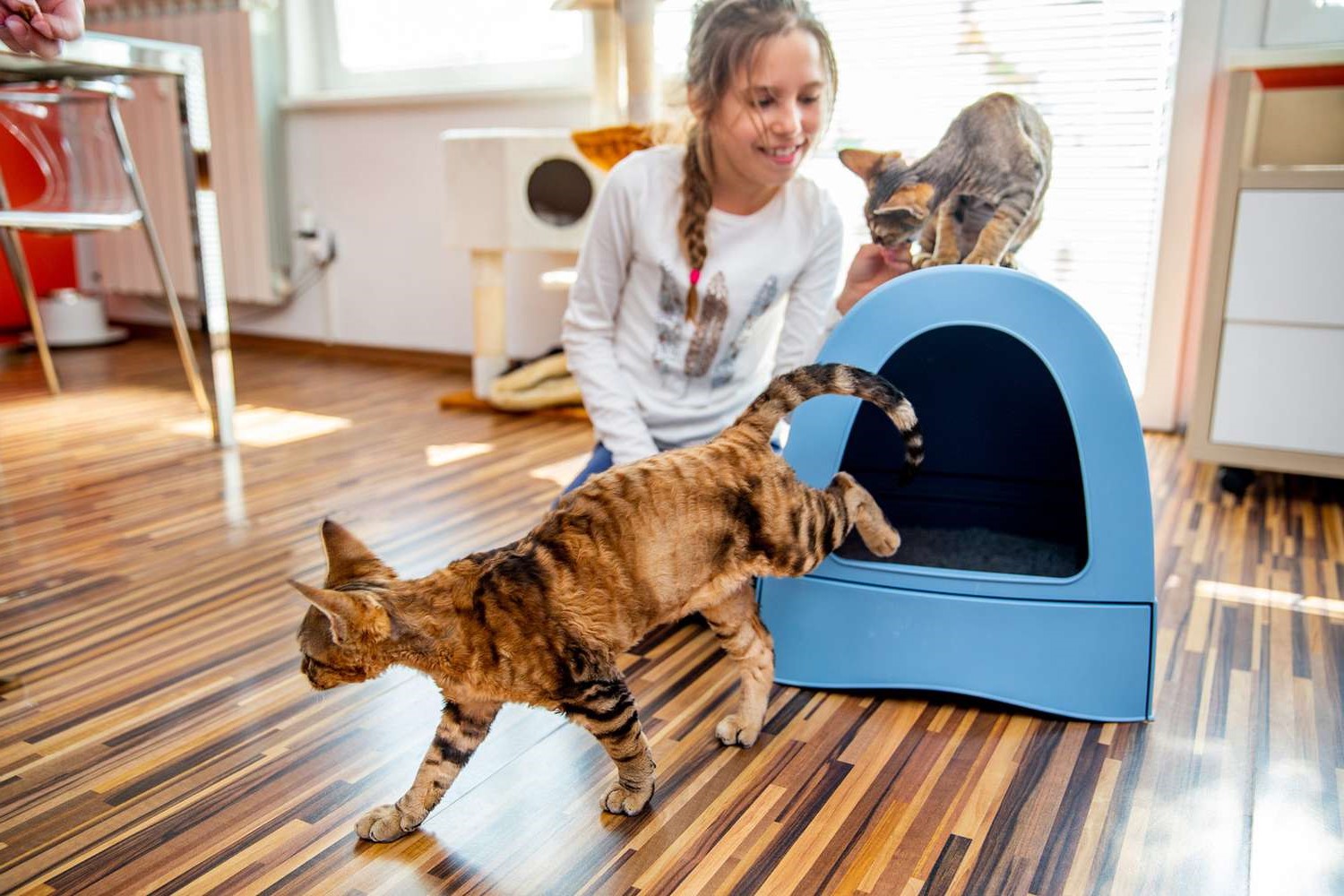
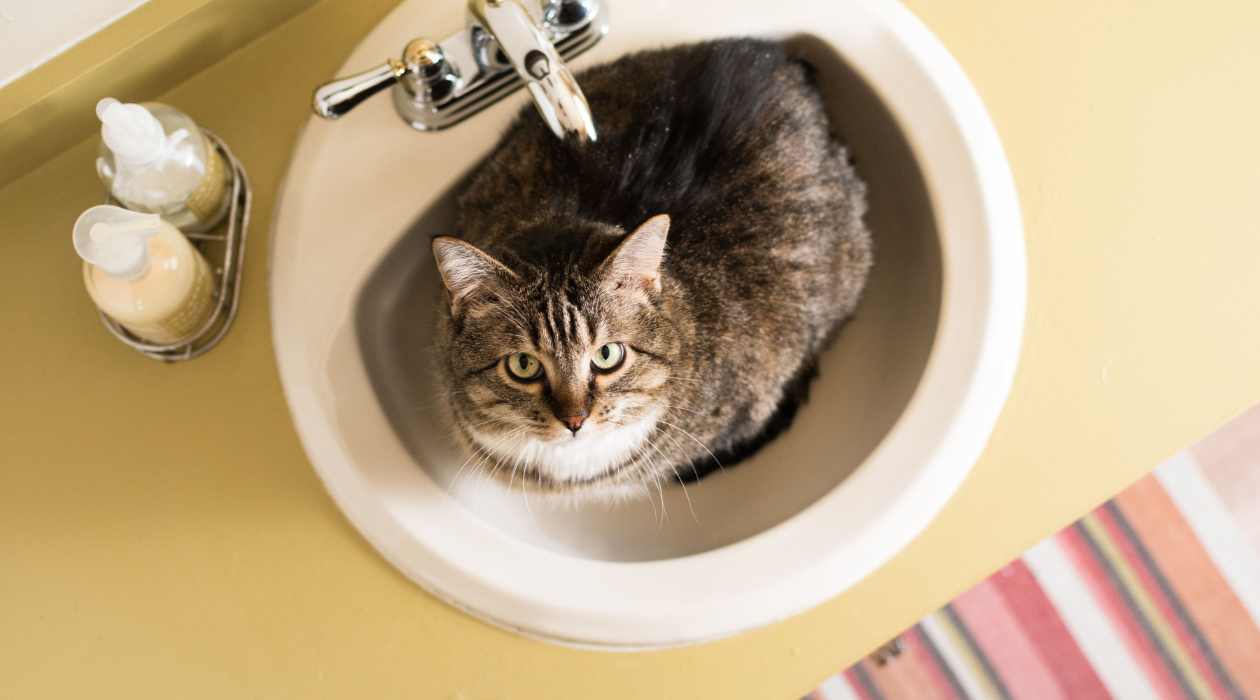
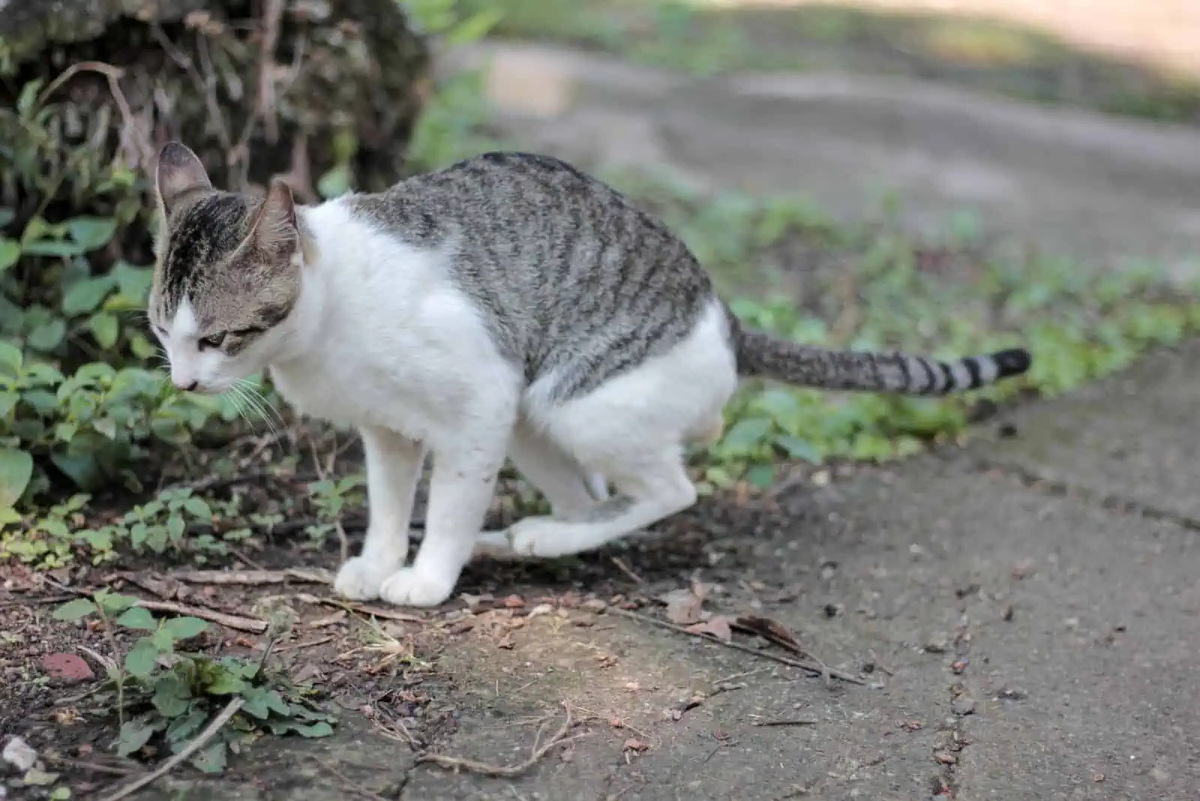
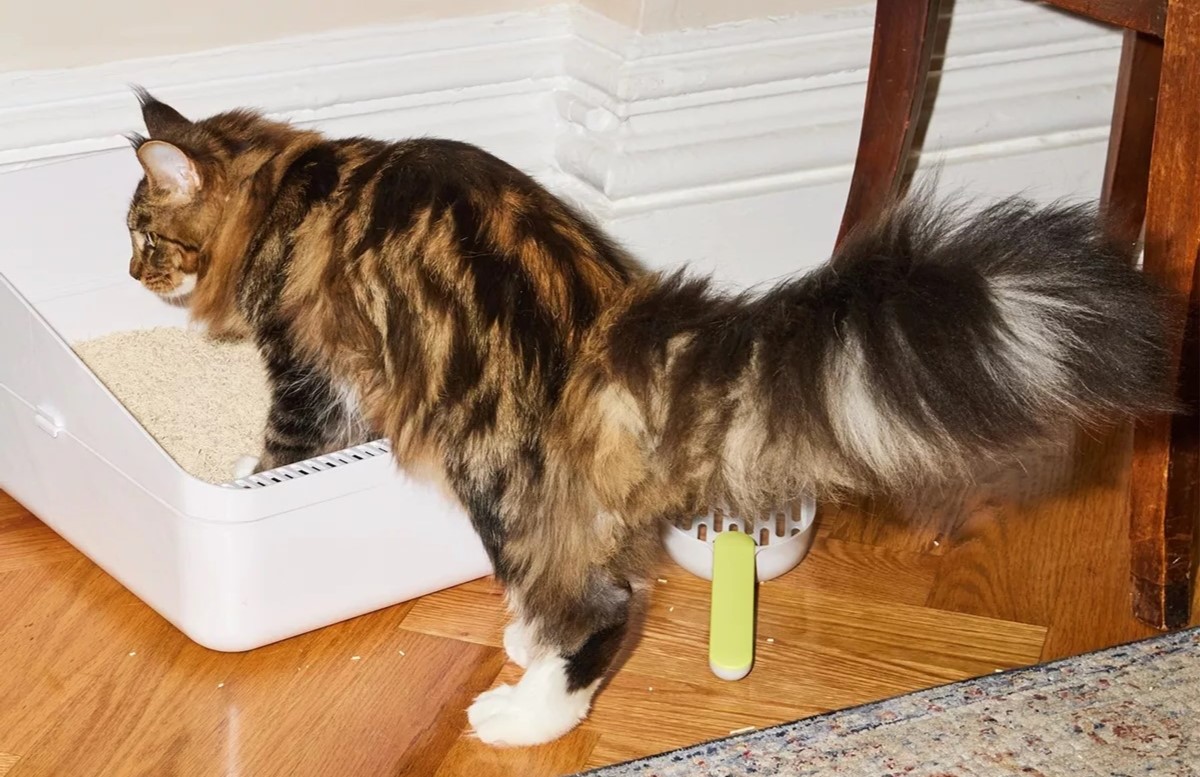
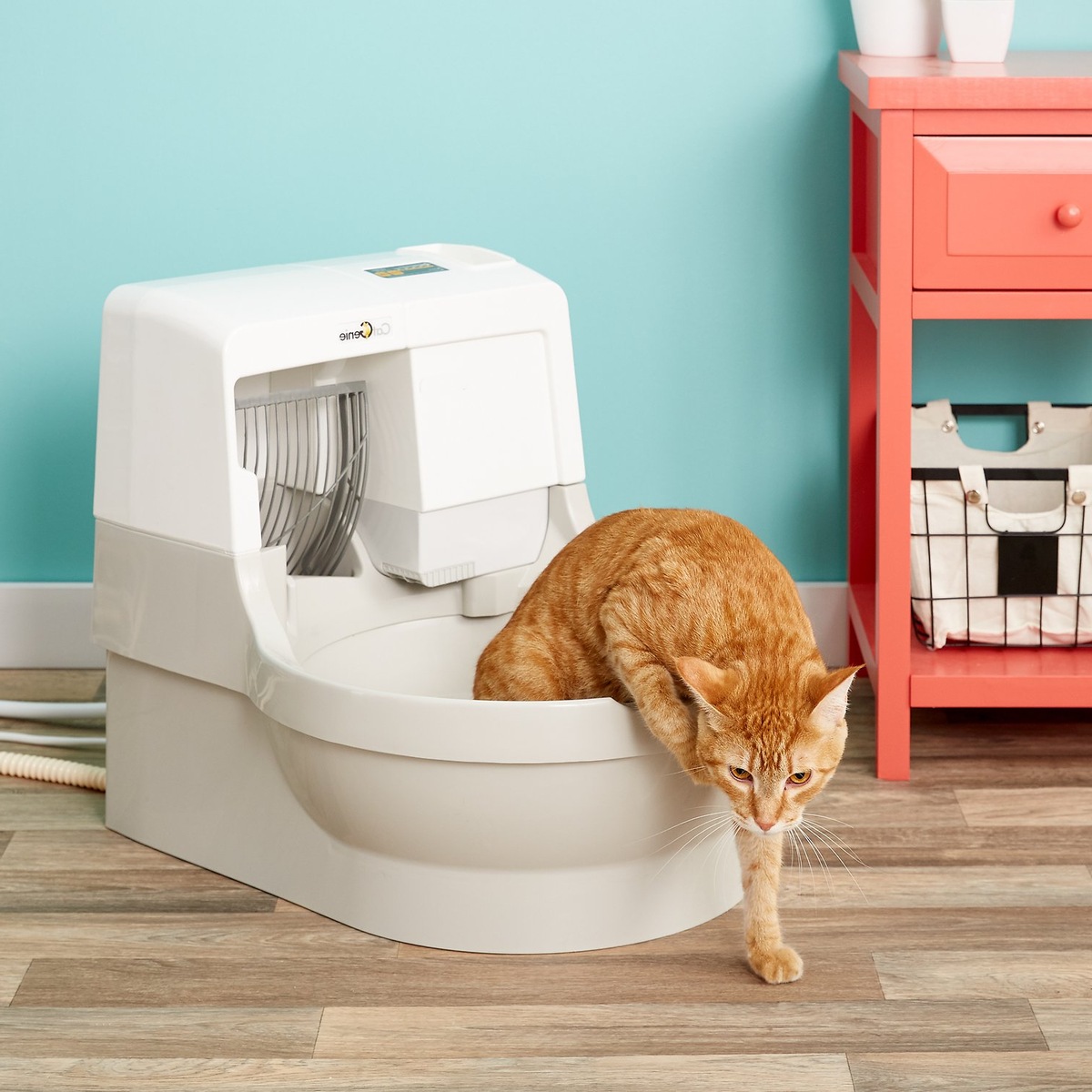
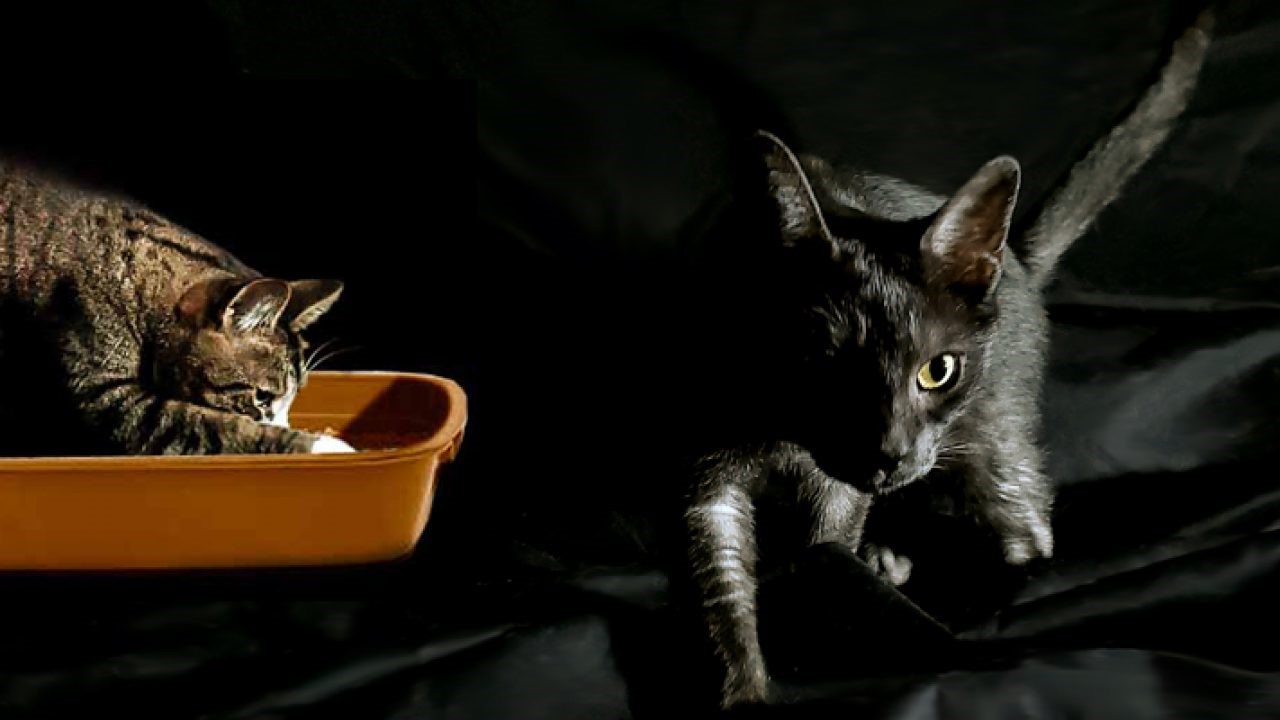
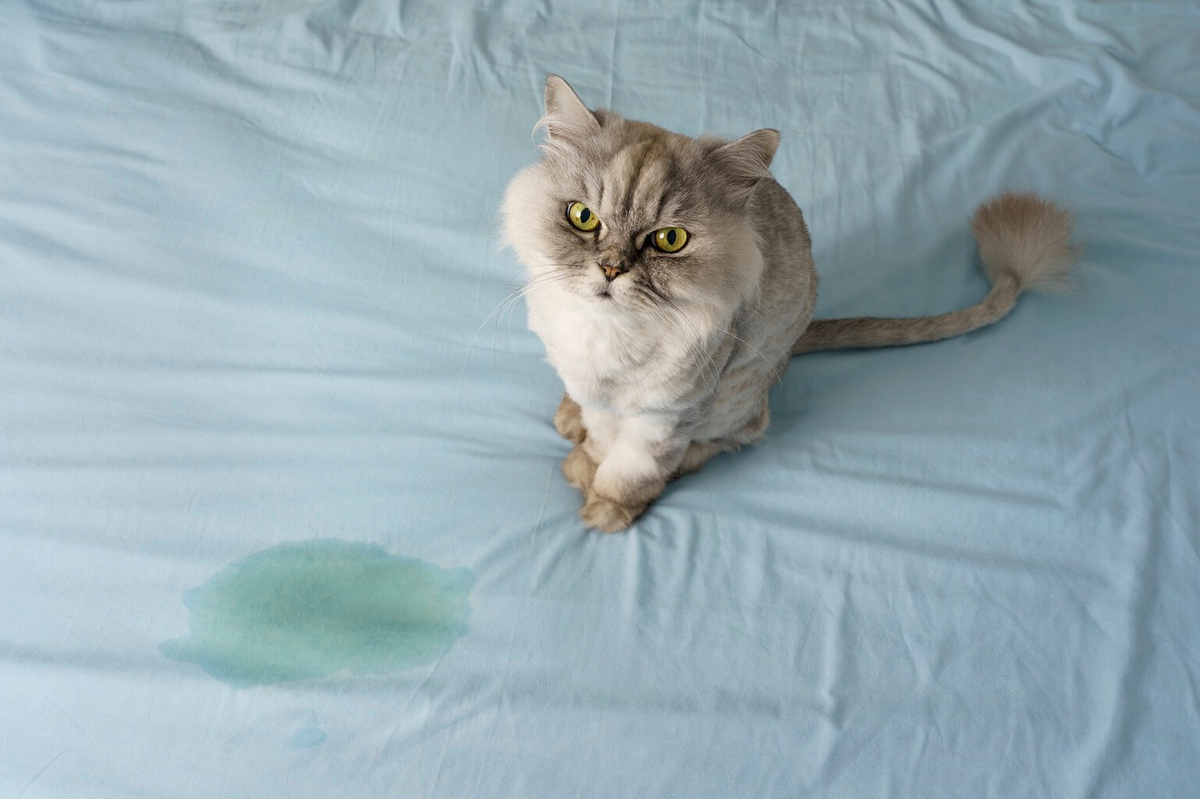
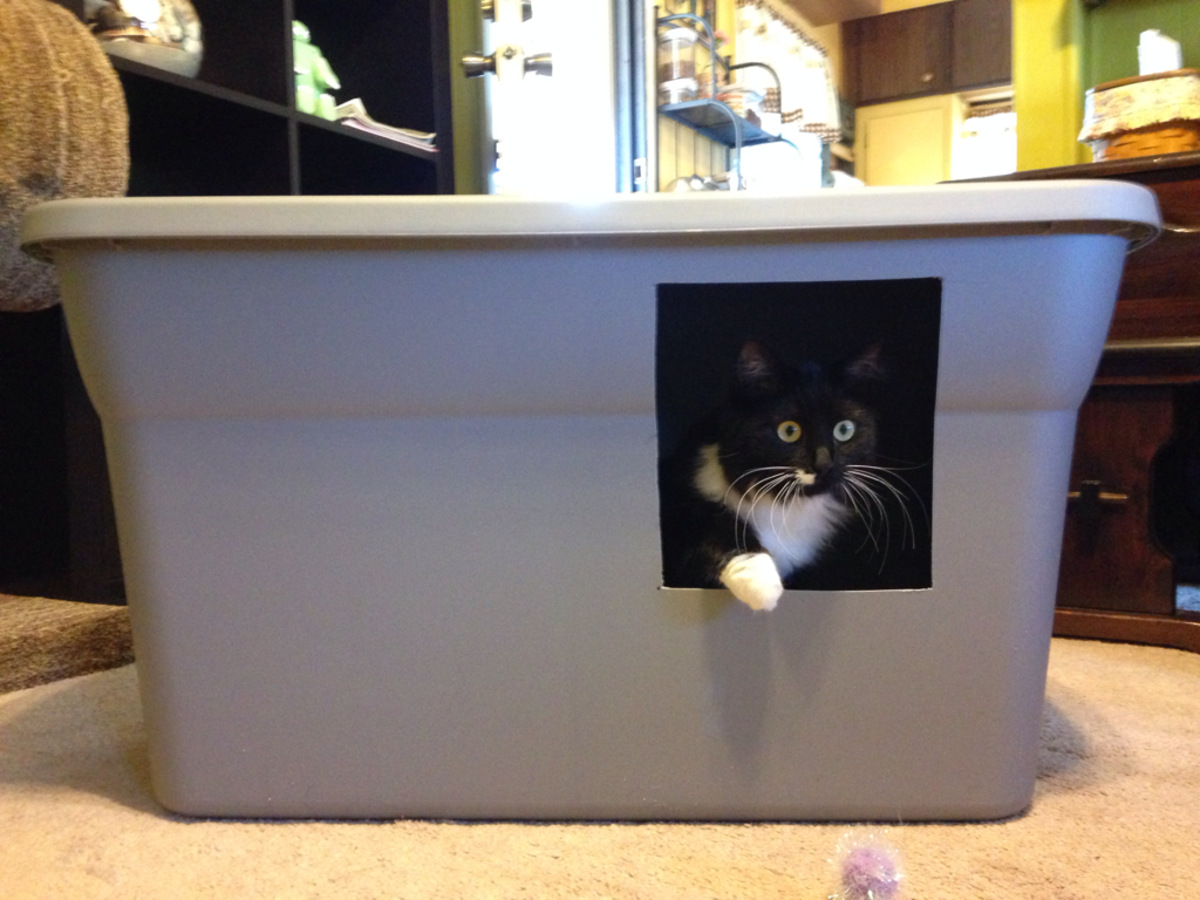

0 thoughts on “How To Get Your Cat To Cover Poop In The Litter Box”